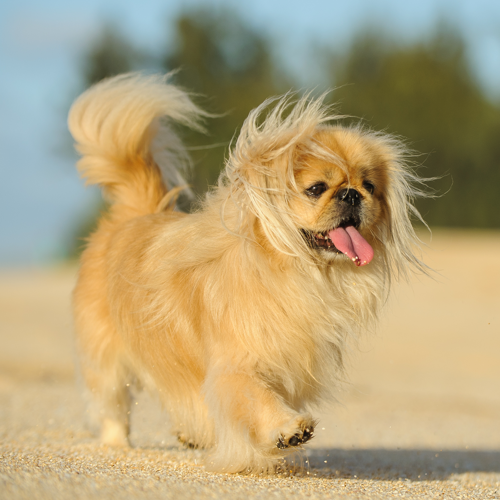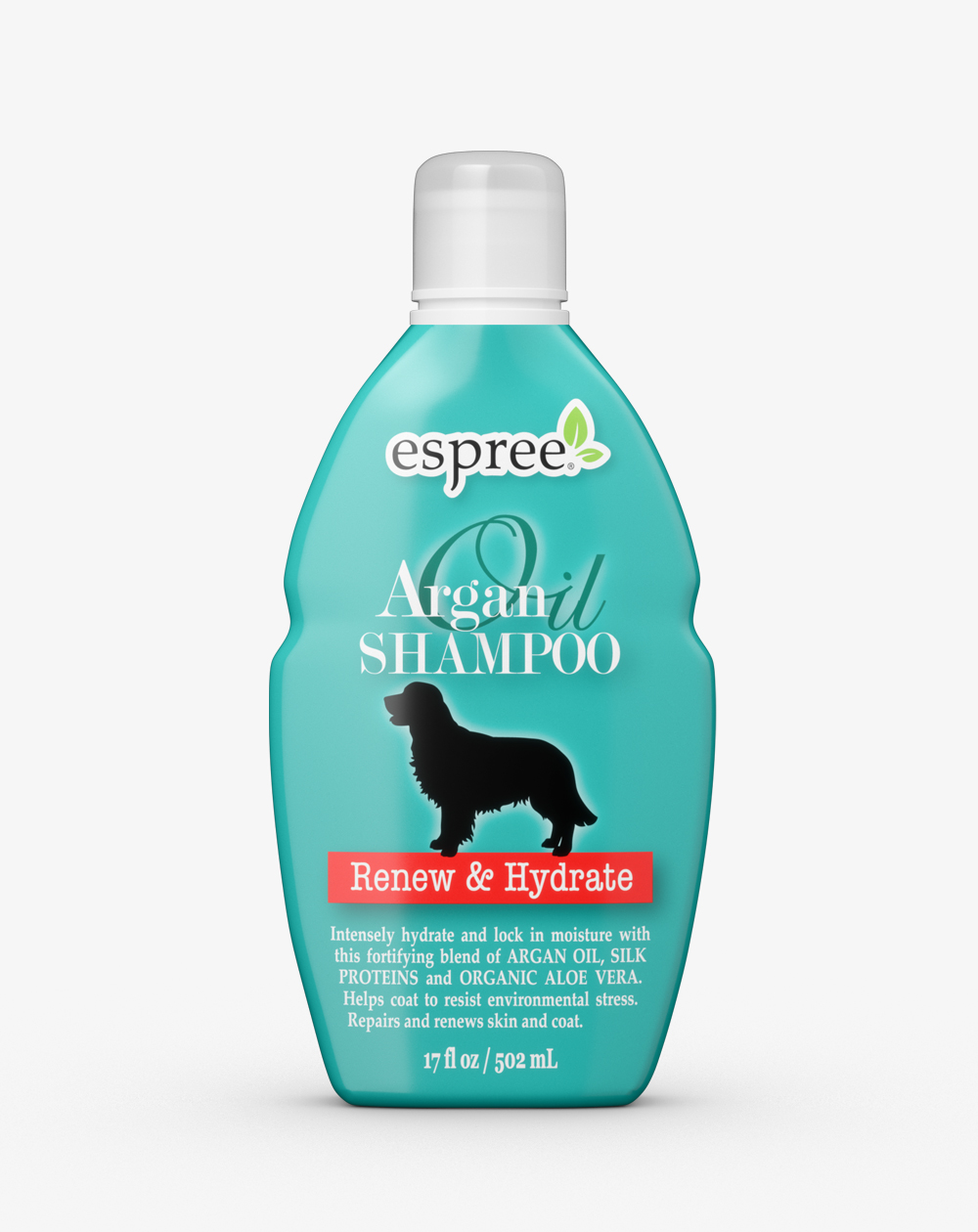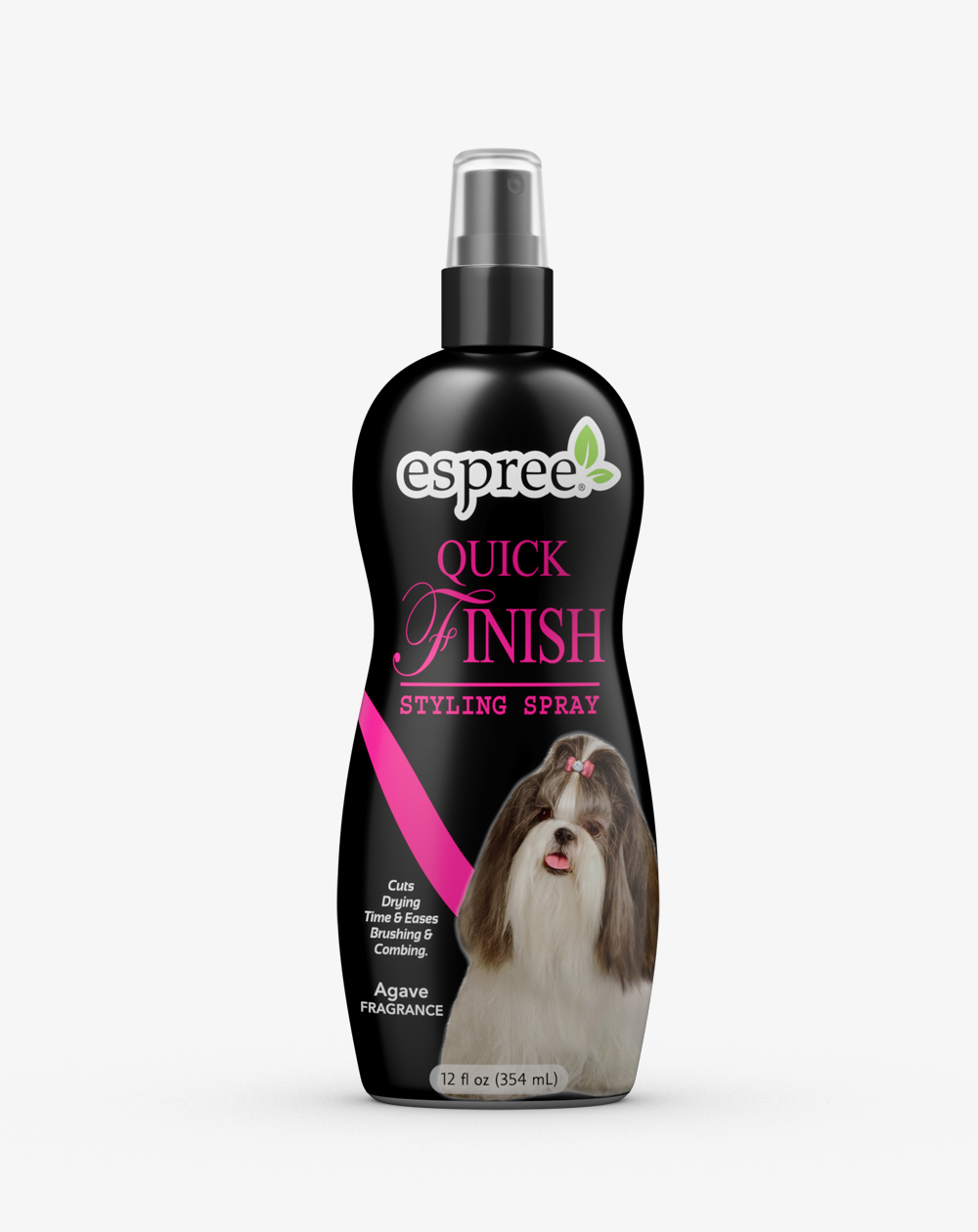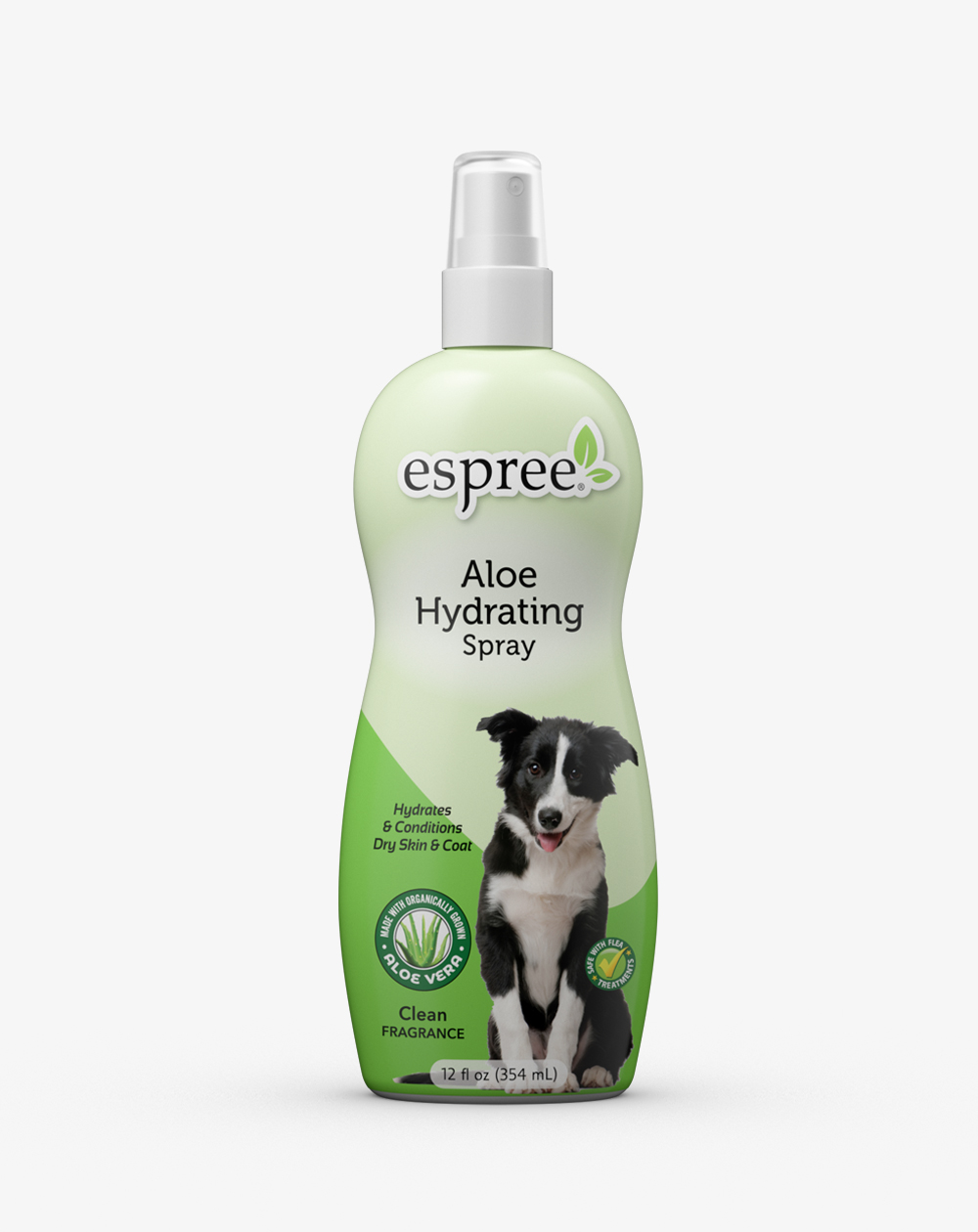
Pekingese
The Pekingese is a well-balanced, compact dog of Chinese origin with a heavy front and lighter hindquarters. They are small dogs but are not to be considered delicate or dainty. Their image is lion-like, implying courage, dignity, boldness and self-esteem. They can be any color.
Breed Profile
Pekingese possess a regal dignity, intelligence and self-importance, making them good natured, opinionated and affectionate family companions. Their small size makes them a good choice for apartment life, but they are sometimes difficult to housebreak. They are relatively inactive indoors and do not need a yard but enjoy walks. Because of their long undercoats, Pekes need at least an hourly brushing session per week.
Grooming
The Pekinese is a dog that does require regular bathing and brushing. This good-natured, affectionate double coated dog has a coarse textured, straight, stand-off outer coat, with thick, soft undercoat. A characteristic of the breed is its noticeable mane on the neck and shoulder area with the remainder of the body somewhat shorter in length. The long, profuse coat is desirable, but does need constant upkeep. This coat needs to be bathed and brushed weekly in order to prevent the dog from becoming matted and tangled. The care and maintenance of the coat sets the foundation for obtaining healthy skin and coat. When the coat is dirty, the hair shaft becomes rough and eventually breaks down, which can lead to the coat becoming damaged. It also can contribute to the beginning formation of the cobweb matting that forms close to the skin. This type of matting if left unattended can lead to the development of numerous skin issues. Therefore, keeping the coat clean and healthy is of utmost importance in order to maintain the abundant double coat.
Bathing a Pekinese is an acquired skill that takes patience and perseverance. When bathing the face, it is extremely important to prevent water from entering the nasal cavity. Lower the water pressure, and do not allow running water to get close to the nose. Use a moist cloth and wash the muzzle and the wrinkles as a safety precaution. For the remainder of the body, wet the coat and apply the shampoo by squeezing it through the coat making certain you have worked it all the way through the coat down to the skin. Thorough shampooing will contribute to building a healthy, strong, and manageable coat. It is a good idea to slightly cool the water temperature down when rinsing the coat. The coat should be rinsed thoroughly making certain that all the product has been removed. Use a light conditioner on the Peke to nourish and hydrate each individual strand of hair without changing the texture of the coat. A heavy conditioner is not necessary unless the coat is severely damaged. Once the bath is complete, blot the coat with a towel to remove excessive moisture. Try to avoid using a circular motion to avoid any further tangling.
Blow the coat out with a HV dryer to remove excess moisture. Be sure to hold the nozzle far enough away to prevent the coat from tangling. Finish with a stand dryer and line dry all the way to the skin. Once the dog is completely dry, line brush, working in sections, until the dog is tangle free. It is a good idea to go over the entire coat with your hands, to see if there are inconsistencies in the density of the coat. If so, continue to brush and comb those areas. As a final check, use a firm slicker brush throughout the coat, and little to no hair should be apparent on the brush. Areas to pay particular attention to for tangles and excessive hair are the thighs, behind the ears, the tail, and around the ruff. It’s always a good idea to spend a little extra time in these areas before you finish the dog.
Finishing the Dog: Tools and Finish Grooming
Prep work is the foundation of all grooming. Prep work includes ear cleaning, nail trimming, trimming the pads, anal glands, and proper dental hygiene. Mastering these skills sets the professional pet stylist apart from the rest. Prep work should be done before every bathing and grooming appointment. All dogs need to have their ears checked and cleaned on a regular basis. Some need to have the hair plucked from the ear canal. This allows the ear to have proper air circulation. It is not necessary to remove all of the hair in the ear, as some serves as a barrier to foreign debris. It is imperative that you are properly trained to pull ear hair before attempting this endeavor. Proper nail care is also very important. Long, unsightly nails are uncomfortable for the dog, as well as anyone they might jump on. Long nails also compromise the shape of the foot. Trimming the pads of the foot helps give the dog good traction on different surfaces and can minimize the amount of dirt the dog tracks into the house. It also affords the opportunity to treat and condition the paws from cracks and abrasions. Anal glands should also be checked and expressed if they are full. Some caring pet owners prefer to have the anal glands done by their veterinarian. Good dental hygiene is essential for a healthy pet too.
Nutritional Care
In order to maintain healthy skin and coat as well as overall health, it is important to provide good nutrition to your dog through a well–balanced diet, vitamins, and healthy treats.
Do they require a lot of grooming?
Frequent baths and brush outs are necessary to keep the skin and coat in optimal condition. Keeping the skin and coat clean is the key to keeping your Peke in top condition.
What is a common problem in Pekes?
As with all breeds of dogs, the Pekinese does have some breed-specific health concerns. Brachycephalic Airway Syndrome is common in the breed. It is an upper airway abnormality that is common in flat faced breeds.
Do Pekes shed or cause allergies?
They are heavy shedders. However, to minimize shedding frequent baths and blowouts in addition to weekly brushing will help reduce the amount of hair you find in the house.
Are Pekinese good with children?
Pekes are bold and humorous indeed. Under the right circumstances, they can be a wonderful family companion. They may not be the right breed for families with young children. Pekes are small dogs and can be injured if play gets too rough. They also may snap at a young child if they are frightened.
What if I have a show dog?
Whether you have a show dog or a companion dog, the same basic care is given regarding nutrition, socialization, and hygiene. The difference is the maintenance, conditioning, and training for the show ring. It is always helpful if your breeder is willing to mentor you to lead you in the right direction upon entering the wonderful world of showing dogs. A great place to start is with the national breed club like the Pekinese Club of America, www.thepekineseclubofamerica.net.




